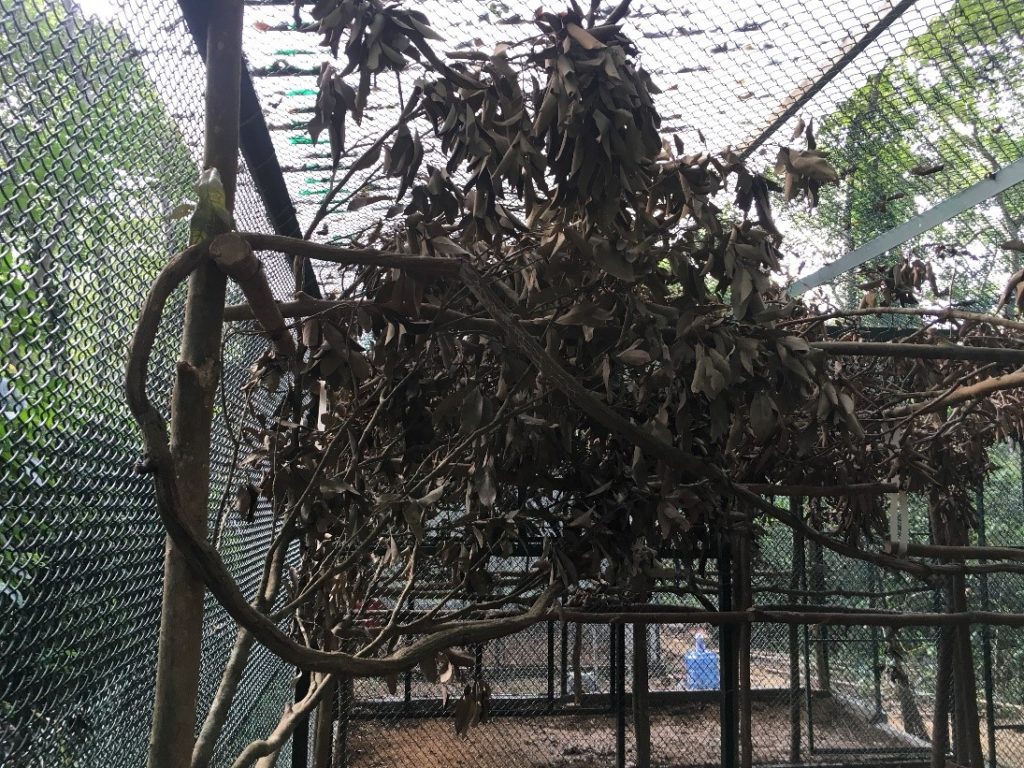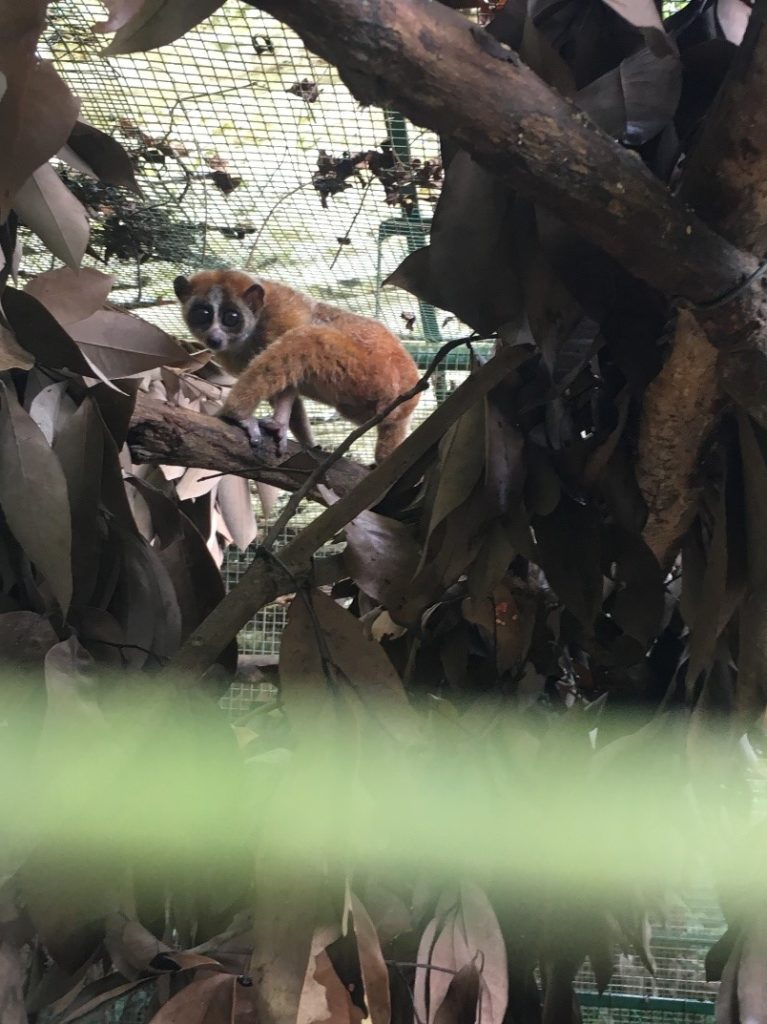Hello again for Culi Tuesday week 3 from Brittany! The Endangered Primate Rescue Center has been around since 1993, becoming larger and adding more enclosures throughout the years, the most recent ones being two new slow loris enclosures. Many of the slow loris enclosures at the EPRC vary in design slightly from one another, with the most recent two’s design being the product of years of experience and learning.
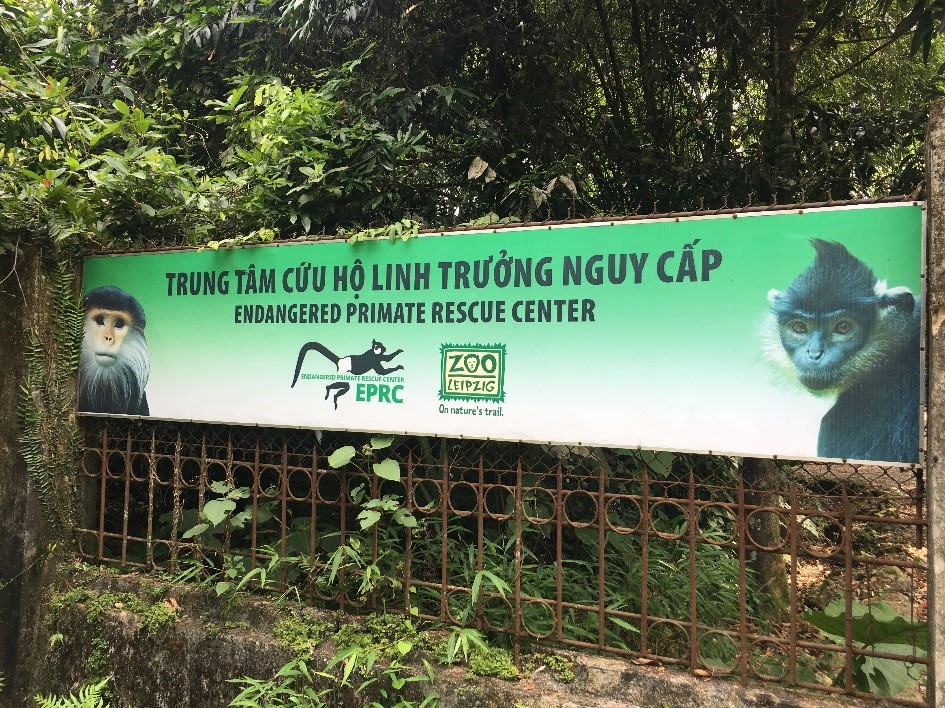
The newest enclosures
With three sections with large two large cut-outs creating walkthroughs between walls, the newest enclosures are ideally meant for a pair of lorises to share the entire space. But the walkthroughs can be closed to create three distinct areas with their own entrances. This is convenient for all different types of situations, such as when lorises need to be kept separated from each other or the keepers and for safe introductions of soon-to-be pairs.
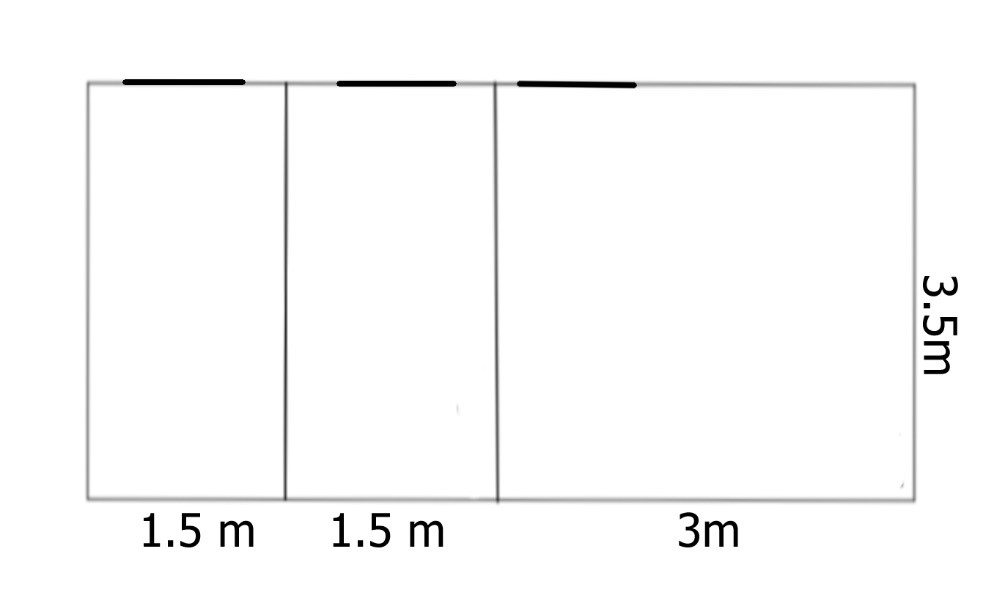
Describing the enclosures
All of the loris enclosures have plastic awnings covering about half of the enclosure to create shelter from the rain. Under this awning is also where their green sleeping tubes (see the second Culi Tuesday) are placed. Some enclosures that have less shade access from the surrounding trees are given additional coverings to help create shade from the hot Vietnamese sun. Additionally, loris enclosures that are near each other have trees planted between them to create visual barriers between the separately housed lorises. Of all the design aspects though, the inside of the enclosures I think are the best.
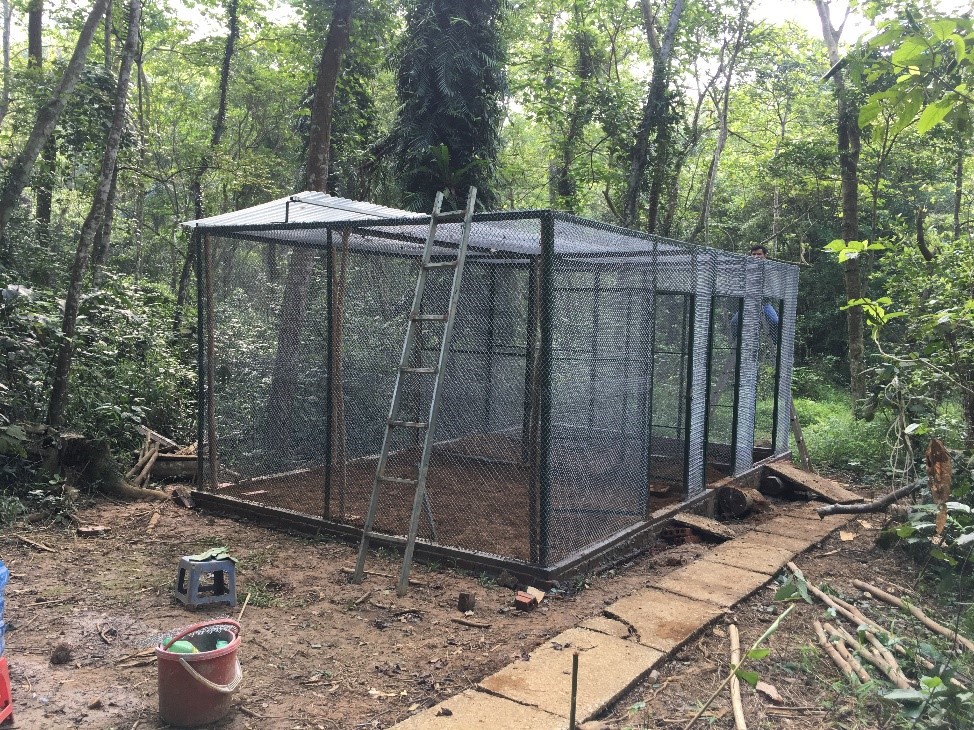
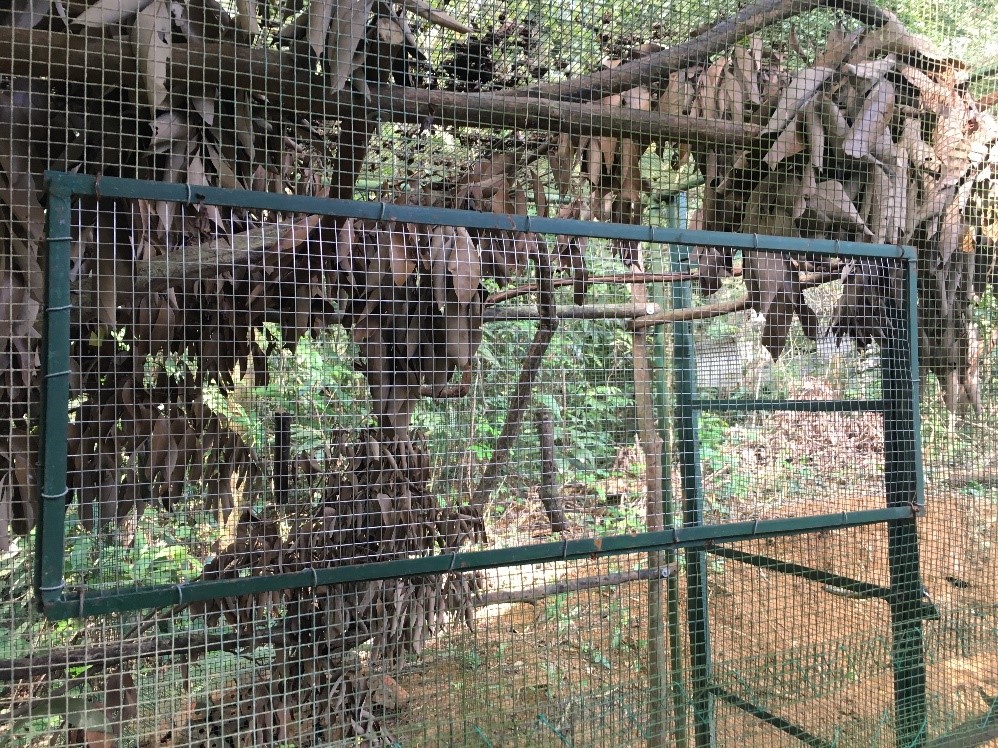
which have somewhat smaller cut-outs than the newest enclosures.
The structural supports
Straight branches are used as structural support and drilled into the metal frame and consist of various vertical columns with two levels of horizontal bars. This allows the lorises to walk along the edges of their enclosure without needing to grasp the chain link walls, which has the potential to hurt their hands if they grip too hard. It’s common to see the Bengal lorises sleeping along these structural branches. And along some of the support branches away from the walls of the enclosures, tubing is used to create hanging perches, to maximize usable space. I really like that they use flexible tubing so that the hanging branches have some movement to them, like a real tree. Some enclosures do have planted and potted trees in them as well.
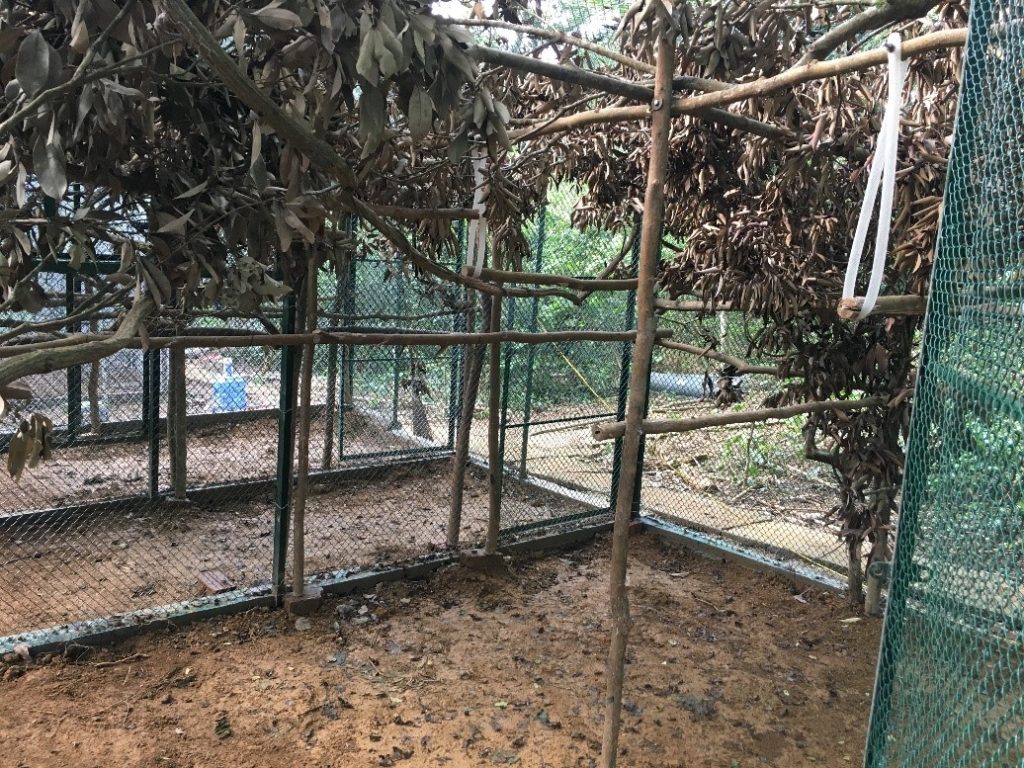
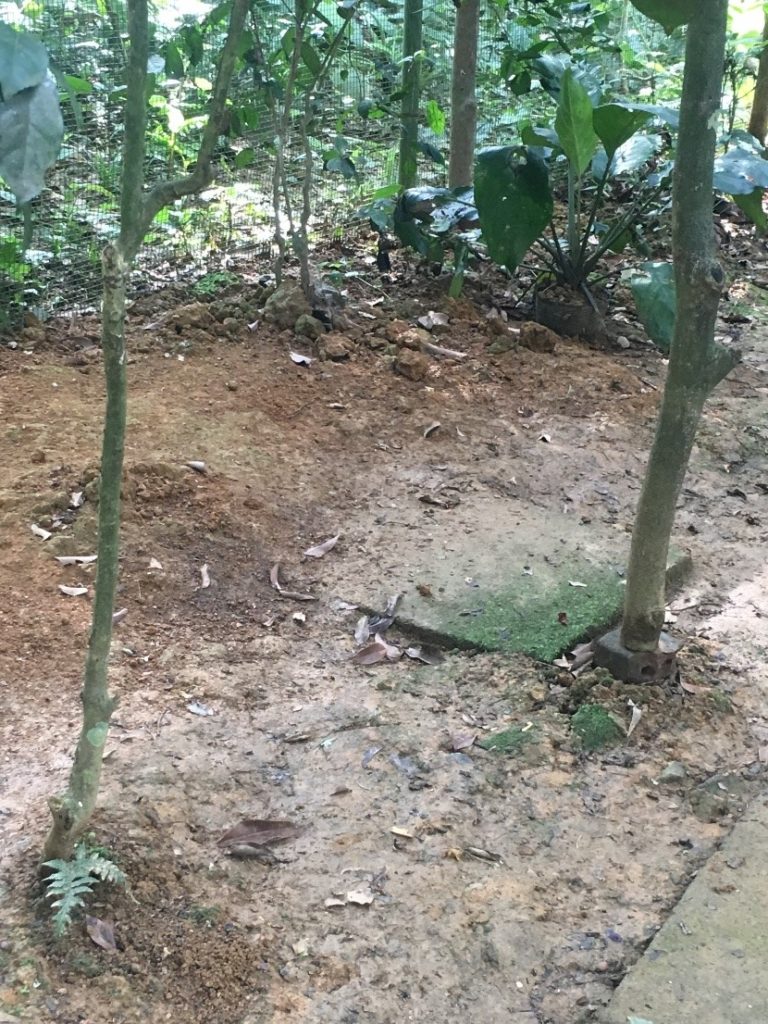
What lorises like
The aspect of their enclosure that I suspect the lorises like the most, however, is the large, leafy branches that are placed throughout their housing. With branches sticking out at all different angles increasing the connectivity in their enclosure, they can easily move about as they would in the wild, and the dense leaves provide the perfect hiding spot for sleeping. The pygmy lorises especially seem the love camouflaging themselves by curling in tiny balls in the center of the leafy clusters. This is a big reason why getting nice pictures of the pygmy lorises is much harder than the Bengal lorises, but every once in a while, I get a lucky shot, as you can see below!
